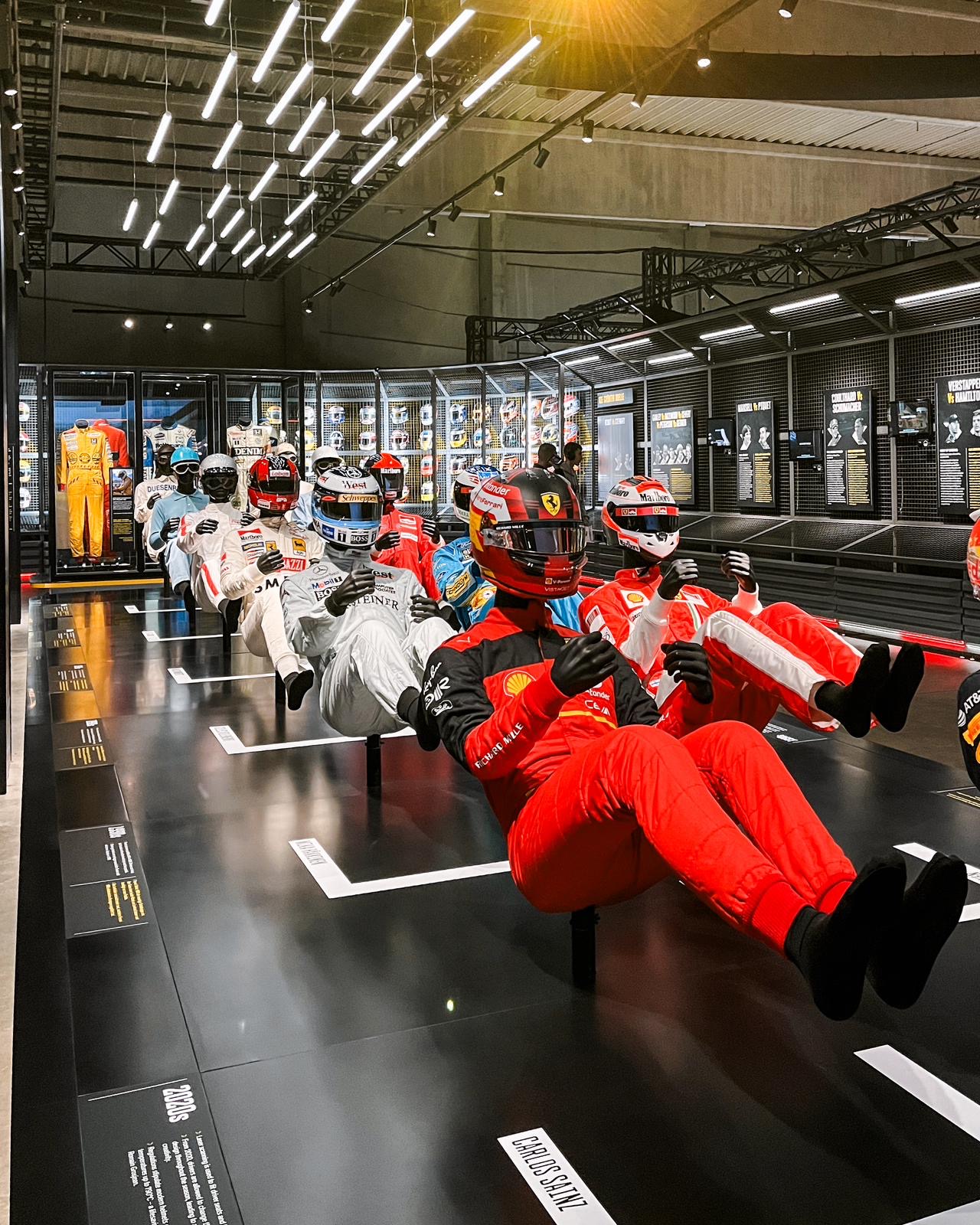
This year on the 29th of February, I had a fantastic opportunity to visit the F1 exhibition in the beautiful capital city of Austria, Vienna. Despite the lack of crowds during my visit, which I attribute to the timing—midweek and midday—the experience was memorable. As a long-time Formula 1 enthusiast, I found the exhibition to be satisfying, and also an enjoyable introduction for my companion, who had recently begun following the sport. I spent around 2 hours and 30 minutes around the world of F1 (and in my opinion I could spent more). However, I have to admit that the absence of interactive elements, such as pit stop challenges or reaction tests, was a big disappointment, those elements could have enhanced the overall engagement.
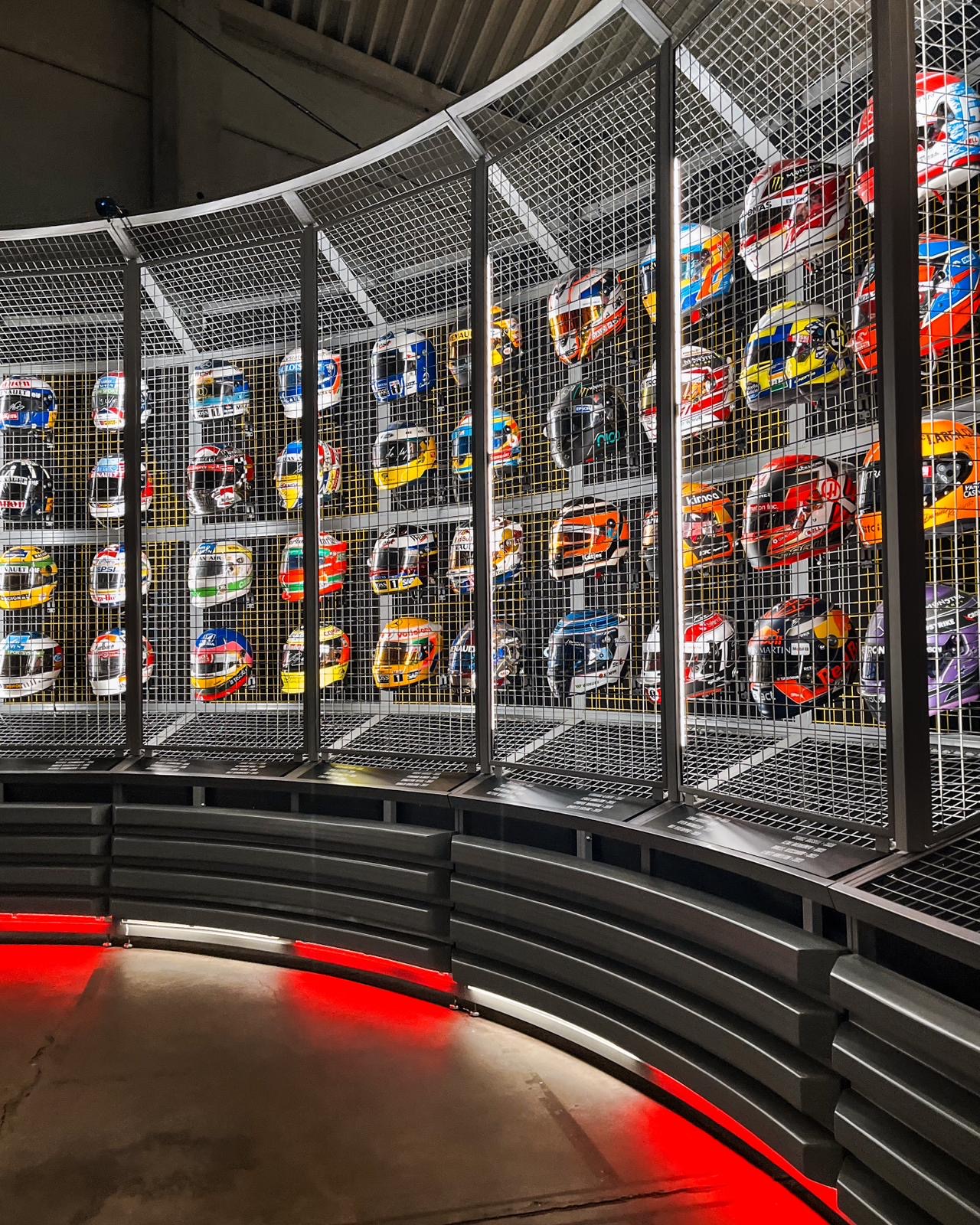
The collection at the exhibition was indeed impressive. Among exhibits were numerous F1 drivers’ helmets, race-worn suits, and iconic cars. Notably, one of the F1 cars on display was borrowed from current Alpine driver Pierre Gasly (his winning AlphaTauri AT01from 2020 Italian Grand Prix)
The great number of exhibits offered visitors a glimpse into the rich history of Formula 1 and evolution of the sport, from ’50s to the modern era.Another fascinating element of the exhibition was the section dedicated to the evolution of F1 drivers’ positions in the racing cars throughout the decades. From the very beginning of the championship to the present day, visitors could spotted the shifts in positions, reflecting the dynamic technical changes in Formula 1 world.
One of the highlights of the exhibition was the algorithm that determined the favorite GOAT driver based on visitors’ opinions. This interactive feature not only added a layer of personalization but also sparked intriguing conversations among my company, as each person’s choice reflected their unique perspective on F1 and drivers’ strengths.
The section dedicated to the anatomy of an F1 car and its components was enlightening. Contrasting old engines to their modern counterparts deeply illustrated the technological progress made in the sport over the years. From aerodynamics to engine performance, visitors gained insight into the engineering innovations that propel F1 cars since decades. A big treasure trove for motorsport fans who love technological solutions.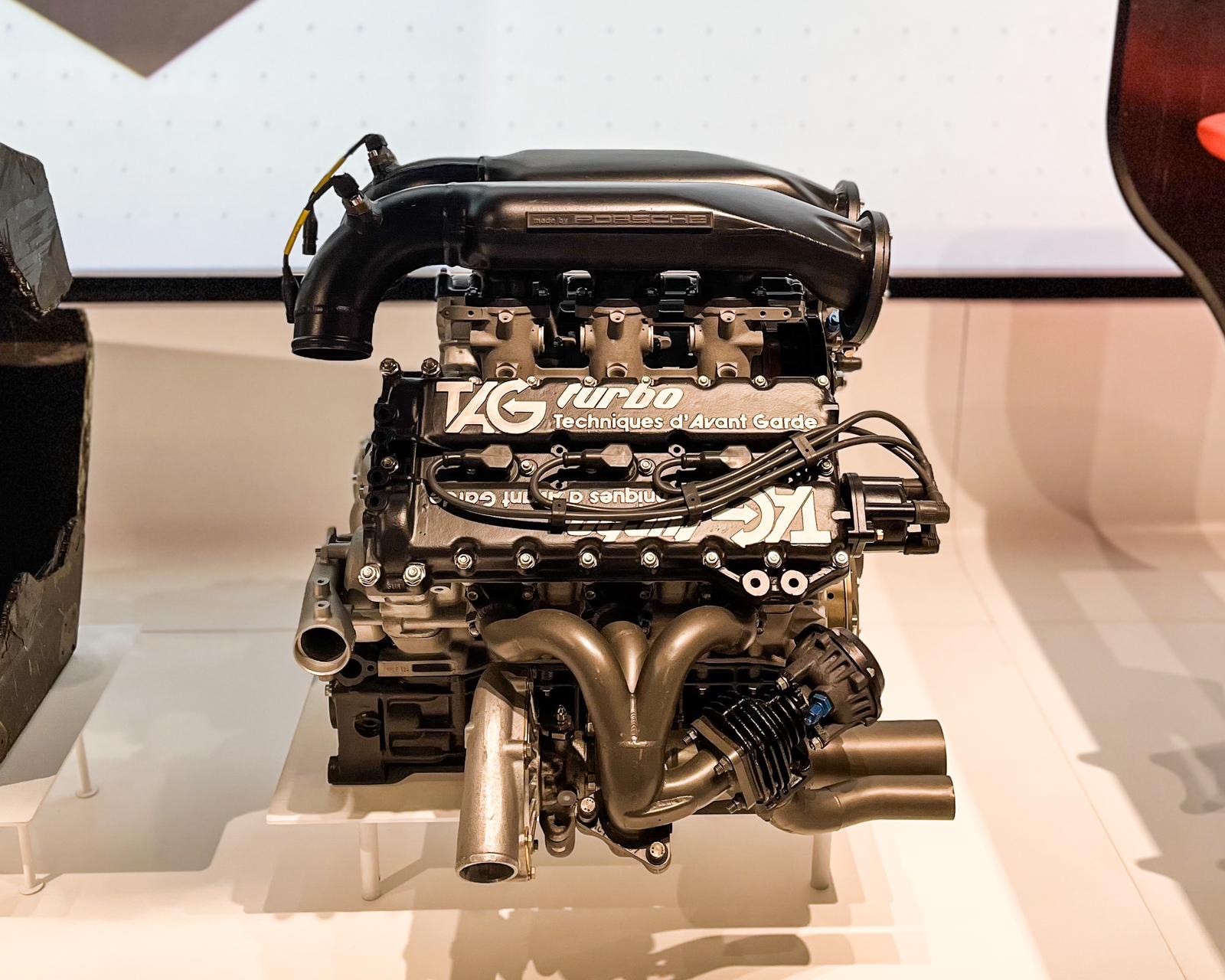
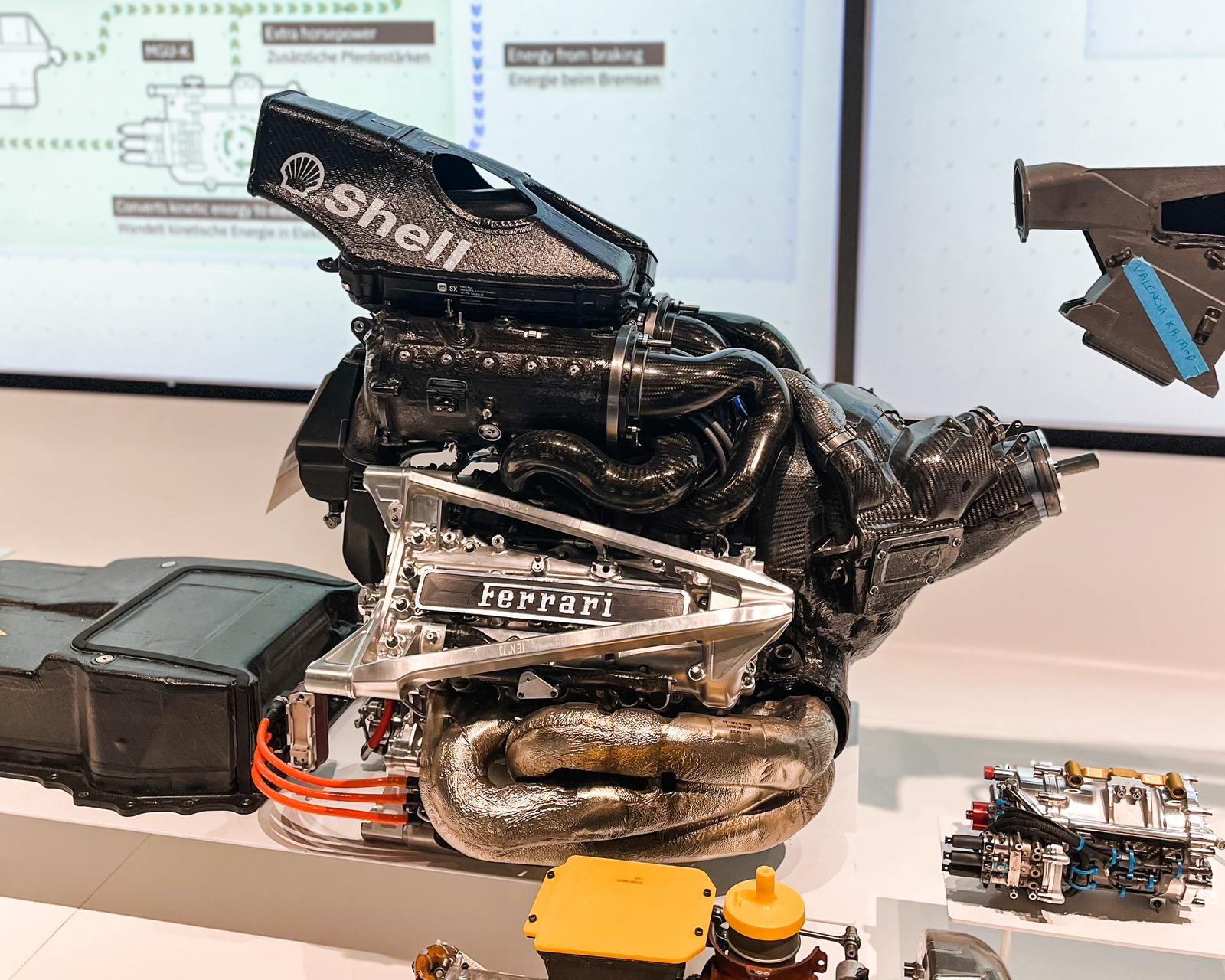
What truly left a lasting impression of the exhibition was Romain Grosjean’s car, the one of his terrifying crash during the Bahrain Grand Prix in 2021. Witnessing the mangled wreckage reminders the inherent risks involved in this sport, as well as the incredible resilience and safety measures that enable drivers to walk away from such harrowing incidents or even (especially according to that crash) avoid death.
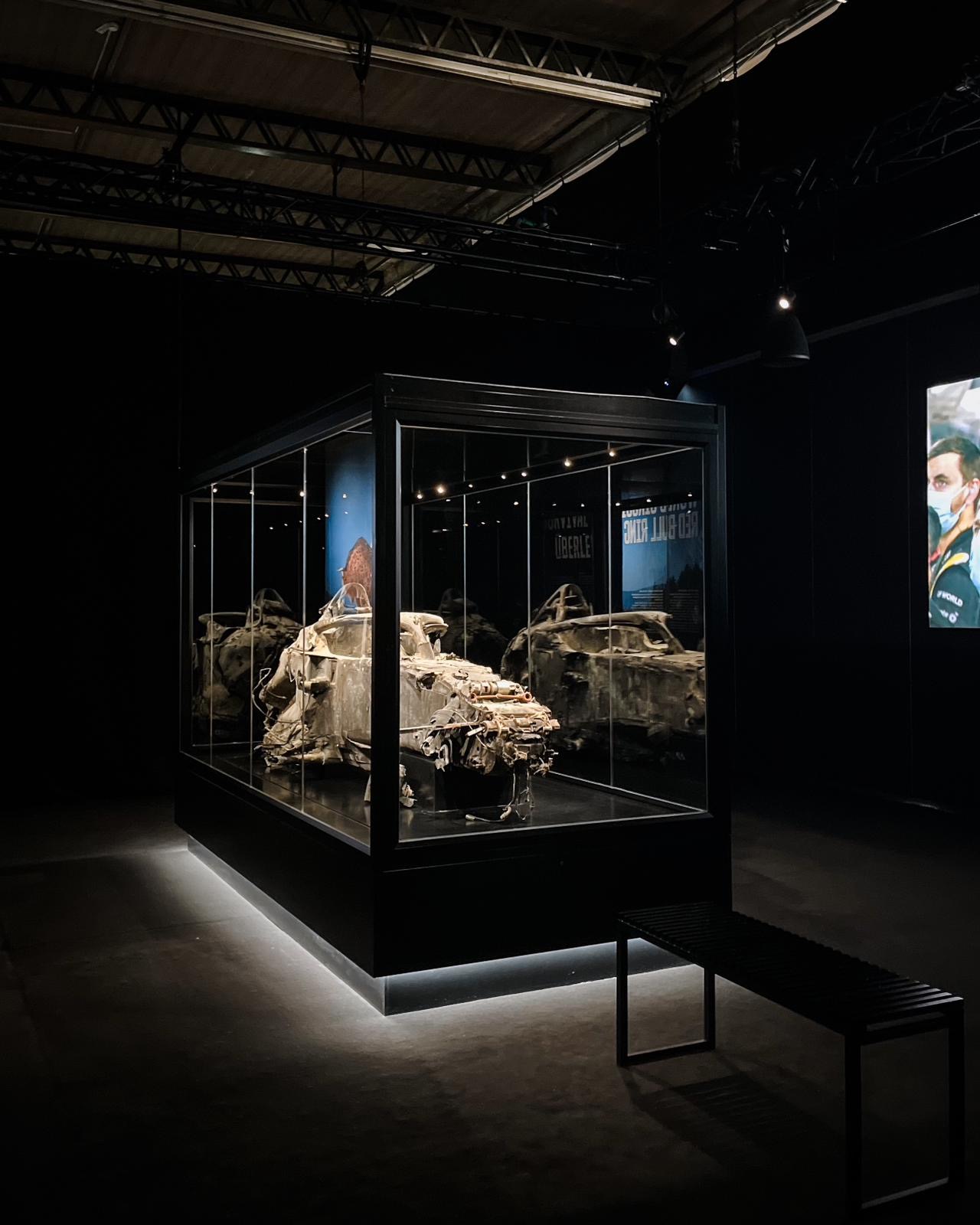
The exhibition provided a comprehensive overview of F1’s history and iconic moments. However, I have to admit that the absence of interactive elements, such as pit stop challenges or reaction tests, was lacking. Those elements could have increase the overall engagement. Also that kind of addition to the exhibition would have further enriched the experience, particularly for visitors seeking hands-on engagement with the sport, including younger fans who eager to experience the adrenaline-fueled atmosphere of an F1 race.In conclusion, my trip to Vienna to see and experience the F1 exhibition was a fascinating journey through the decades of Formula 1 history. While the absence of interactive elements, the extensive collection of exhibits and displays offered a comprehensive overview of F1’s evolution and enduring legacy. With a few enhancements, the exhibition could engage visitors even more actively. I truly recommend visiting Vienna and seeing the F1 exhibition.
Leave a Reply